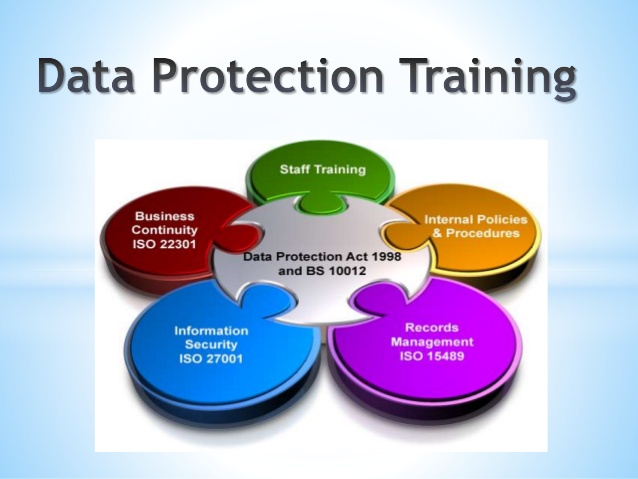Introduction:
CDP Course could be a global training and certification program that leverages international security standards and privacy laws to show candidates regarding best data protection practices throughout the whole data lifecycle whether or not data is at rest, in transit or being processed.
Data protection professional’s measure more and more needed to be consultants in privacy rules likewise as technical and body security controls. Data privacy and security measure mutualism and also the CDP Course offers one amongst the simplest consolidated coaching programs that teaches candidates regarding privacy and security ideas.
Who ought to become certified in Data Protection?
Anyone involved with the protection of non-public or business data would love to receive comprehensive coaching that addresses all world data protection risks associated be recognized as a professional within the data protection trade should think about CDP Course as a recognized data security certification.
1. Governance and Management –
Data protection governance refers to associate organization’s oversight and practices by a committee of the Board of Administrators. The oversight team should determine the data protection leaders, review and approve the data protection program, and need associate annual report relating to the state of data protection risk management and compliance. Data protection management refers to the identification of enterprise data likewise because of the development of the mandatory documentation associated with policies, procedures, and standards for shielding the data assets.
- Risk Assessment –
CDPs sporadically use a scientific method to gauge potential data protection risks facing their organizations which can relate to confidentiality, handiness, and integrity of data protection objectives. The results of the risk assessment measure accustomed to outline a risk mitigation arrange and improve the data protection strategy. - Access Controls –
As enterprise data should be accessed for numerous business reasons, access to data should be approved and meant for the business desires. Access management are the system that will access the resources. Access controls additionally guarantee accounts measure monitored ceaselessly or a minimum of on a daily interval to observe outstandingly high-risk activities. Access rights should be reconciled and authorized at least annually.
- System Security –
This essential risk domain refers to the controls programmed into the networks and systems to support and enforce the data protection goals and objectives like network traffic management, forced and periodic word changes, session timeout, etc. This domain additionally refers to the protection guarantees throughout the System Development Life Cycle (SDLC), system acquisition, and system implementation. - Vendor Risks –
Data protection risks may be transferred to third parties when various operations are outsourced to trusted vendors. In such cases, data protection necessities should be documented within the signed written agreements to confirm the seller understands the protection policies. - Incident Management –
Upon detection or reporting of a data protection incident, CDPs should follow a systematic and documented method to contact the suitable parties for assistance and determine the cause and impact of the incident. Following their initial assessment, CDPs must follow the established incident management plans to remediate and notify affected parties. It’s necessary to have a documented, approved, and updated incident management plan in order to handle all business risks and compliance requirements on a timely basis including lessons learned. - Operations Security –
Data protection risks don’t seem to be restricted to data systems. There are non-system risks that should even be managed. Some operations security risks may ultimately affect system controls. For example, social engineering, social media activities, pretexting, and phishing scams, as well as violations from an instance, policies may expose the company to risks. - Privacy & Compliance –
CDPs should make sure that their organizations and data users guarantee compliance with 3 general areas; policies, contracts, and rules. Especially, privacy risk assessments should be performed either independently or in conjunction with another risk assessment project. The privacy management elements such as policies, procedures, and user training must be addressed in the data protection program. - Data Management –
This domain refers to the process of properly classifying and handling data throughout data lifecycle; initiation, retention, sharing, and disposal. There are several reasons why data ought to solely be collected and created as necessary to meet the business needs. Data ought to even be retained securely and as long as necessary, shared securely and with the least number of parties possible fairly and lawfully, and disposed of according to international security standards.


Recent Comments